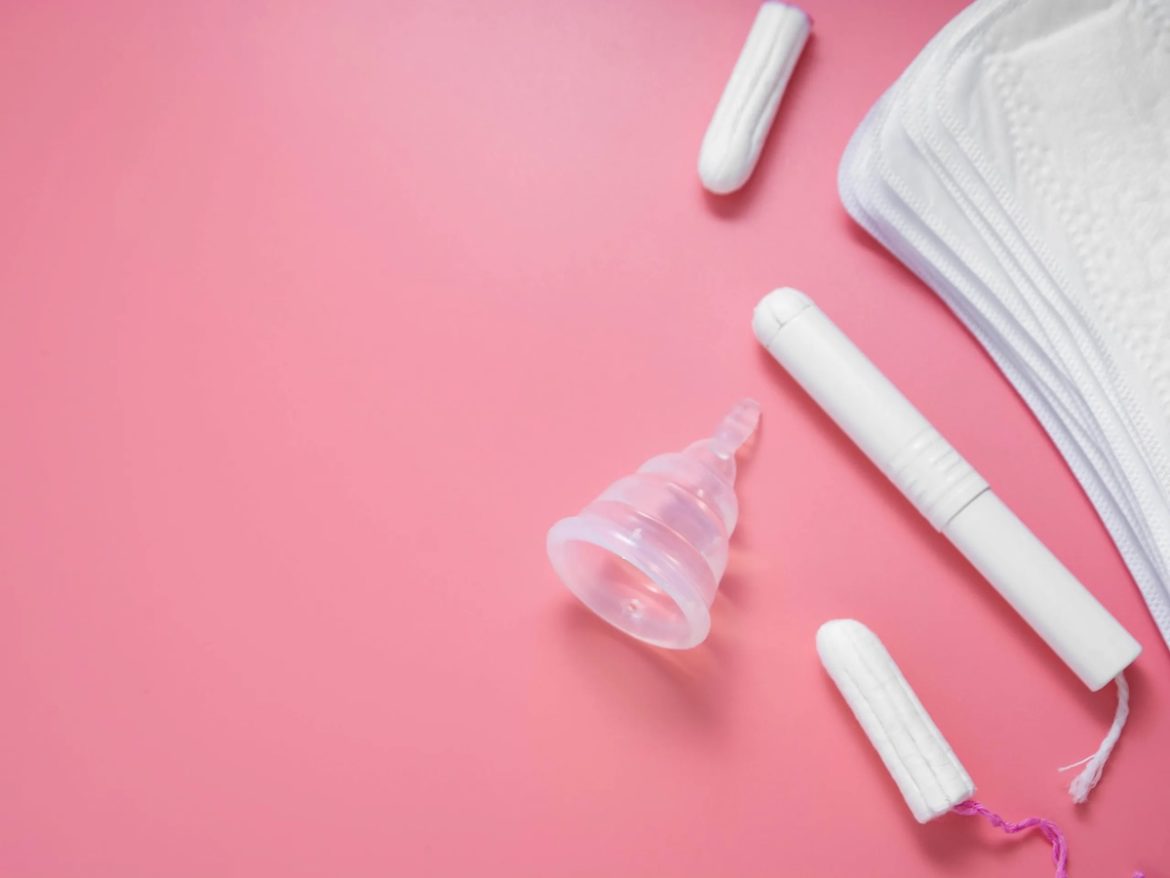After talking about some great period products in my Period Products for a Feel-Good Flow Part 1 here are several more alternatives to make your monthly flow more comfortable and environmentally friendly.
Menstrual Cup from Saalt
If you haven’t heard of a menstrual cup, where the hell have you been the last few years? The newest, most ‘innovative’ (though it’s quite simple) period product to come about in a century (which really only serves to speak volumes about period press and attitudes, but I won’t start that again…). The first menstrual cup was patented back in 1937 – designed by American actor Leona Chalmers – read more here of menstrual cup history. The 80s saw The Keeper cup released – still on the market – but it’s really taken 35 years for this period product to become mainstream (or just properly marketed). Menstrual cups minimise to the max your impact on the environment, one cup lasting up to ten years, saving you a helluva lot of money in the meantime.
Saalt’s mooncup is made from soft-touch 100% medical grade silicone. Tricky to get started with, but transformative when you do (- or so I’m told, by a good % of my female friends who’ve converted). The bulb-shape cup is the most popular. Saalt offers discs too, and while shapes differ from brand to brand, the best results and comfort are determined by anatomy as well as personal choice.
What’s different about these products is that they collect, rather than absorb, blood. Discs can be worn during sex, as they sit higher up under your cervix, resting within the vaginal fornix. Menstrual cups stay in place within the vaginal canal, around where a tampon would sit, by a seal and light suction preventing leaks. If inserted properly, you can’t feel it at all. Which, at the start, is easier said than done.
It’s compact – you don’t need to be stuffing tampons up your sleeve to nip to the toilet when you’re out and about; Hell, it holds three-times the amount of a tampon and only needs emptying every 12 hours. And you can wear it during the night. A game changer once you get the hang of it.
Cups don’t dry out the vagina like tampons can, nor do they contain any harmful substances. They’re also reusable, eco-friendly and don’t create any waste – and, if we’re talking money, they’re cheaper in the long run. Fairest of all, Saalt offers a money back guarantee after two periods if you’re not feeling the cup/disc, or a replacement size.
Saalt’s version is BPA free, Latex free, Toxin free, Vegan & cruelty free, and FDA registered and compliant. Unlike some tampons, it doesn’t contain any substances harmful for your body, nor contain substances that harm your fanny flora.
Pro – 12 hours without feeling or thinking about changing anything. Liberating…
Con – In all honesty it’s a lot more rigid than I imagined it to be (I was expecting a much more flexi, jelly-like rim. As well as a little daunting, it takes a while to get going with (and potentially to find the right size).
Hack – I’m still getting to grips with it, but a tip passed on to me is that it’s best done in the shower.
£29 from Saalt
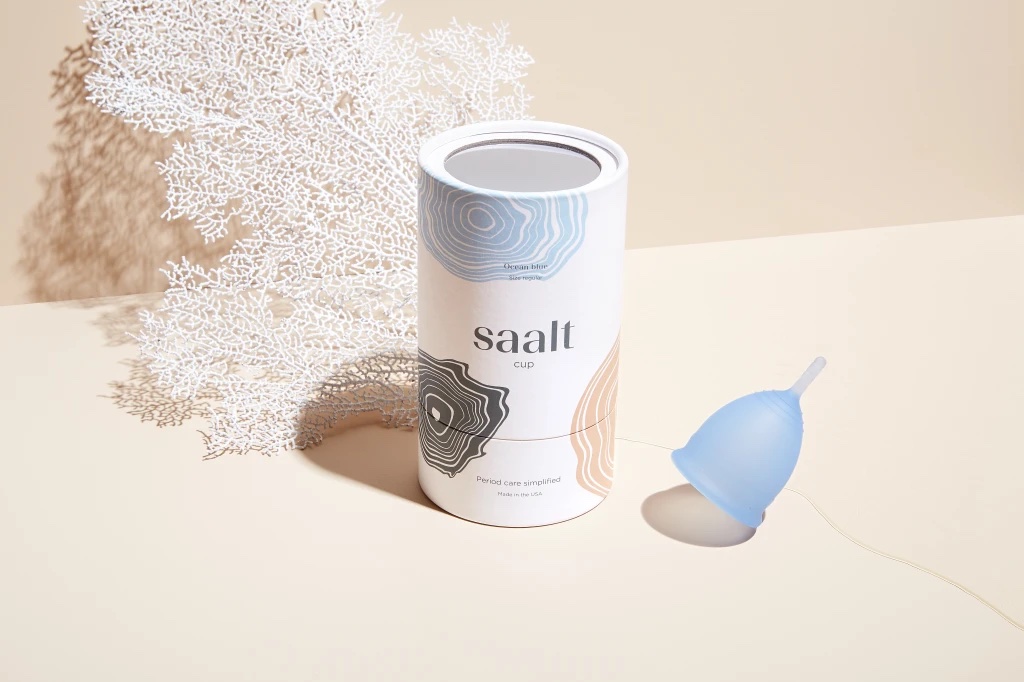
SAALT Underwear
I also tried the Saalt underwear – high waisted briefs, regular absorbency, silky smooth fabric and soft-stretch lace. Hands down the best looking, chicest period pants I have in my collection – sexy, big knickers. They’re not, however, the most absorbent. But perfect for backup use with a tampon or mooncup, say, on a mid-cycle day, or for wearing on the last day or two of your period when you want to be done but aren’t quite…
You really don’t realise you’re wearing padded underwear, looks or feels wise. The built-in pads are more slimline and smaller in length, much more like a normal knicker gusset than any other brand. And with this less bulky, more subtle in-built pad comes less absorbency. They’re no less important in my new period armour, but aren’t as hardcore as the Modbodis, which are, in turn, perhaps too heavy duty for the last days.
Pro: You feel super smooth and sexy in these, as you do when wearing your best underwear, which goes a long way in making you feel good when on your period.
Con: Not leak proof, when worn alone.
£39 1 pair from Saalt
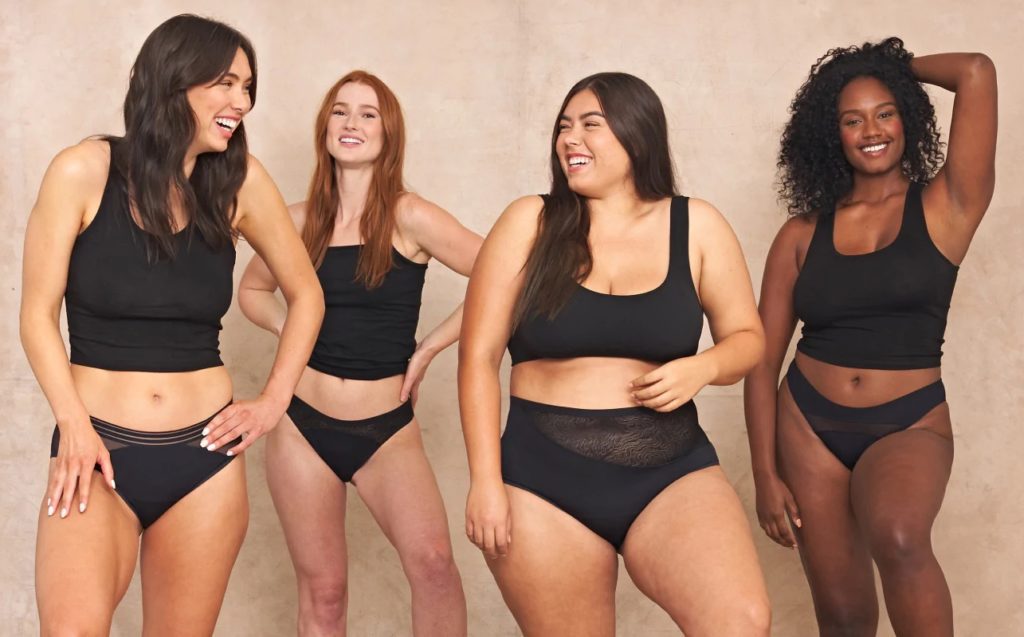
DAME Reusable Pads
Most sanitary towels are made from 90% plastic. And you can feel it, right? Hot, sweaty, and can feel like you’re wearing a nappy when irritable/uncomfortable. It’s annoying when the wings stick to themselves as you’re unwrapping, or, worse, unstick during use so it moves around. Plus, there are visible-pad-line issues with tight trousers.
The DAME pads are slimmer fitting width-wise than expected. Dark in colour, they have DAME’s signature green with a black absorbent pad, and poppers to secure (rather than sticker wings). Now the benefit of disposable sanitary towels is that you can change, bin and move on, without having the stress of carrying around used pads until you’re home. But we also can’t ignore the stats and footprint of single-use plastic products, with 3 billion single-use products used annually by the UK’s menstruating population alone.
Granted, carrying round used pads isn’t ideal, but DAME has come up with a decent solution. They come in a mini ‘dry bag’ – a water, air and odour tight bag to store used pads in whilst you’re out and about. They come in four sizes/absorbances, as a pack of three, and will set you back £39.99 (with the bag). But when you consider that these’ll last five years, it seems a fair price (especially in the grand scheme, in which, posits Huff Post, a British woman spends an £18k fortune on period products in their lifetime).
Now that I’m a period pants convert, my main complaint with these would be that, like disposable sanitary towels, they move around more. But, in focus, I would choose this over any disposable pad, any day.
Pro: More comfortable than any other sanitary towel I’ve used.
Con: Moves around slightly (as I find all do).
£39.99 for x3 pads and dry bag from DAME
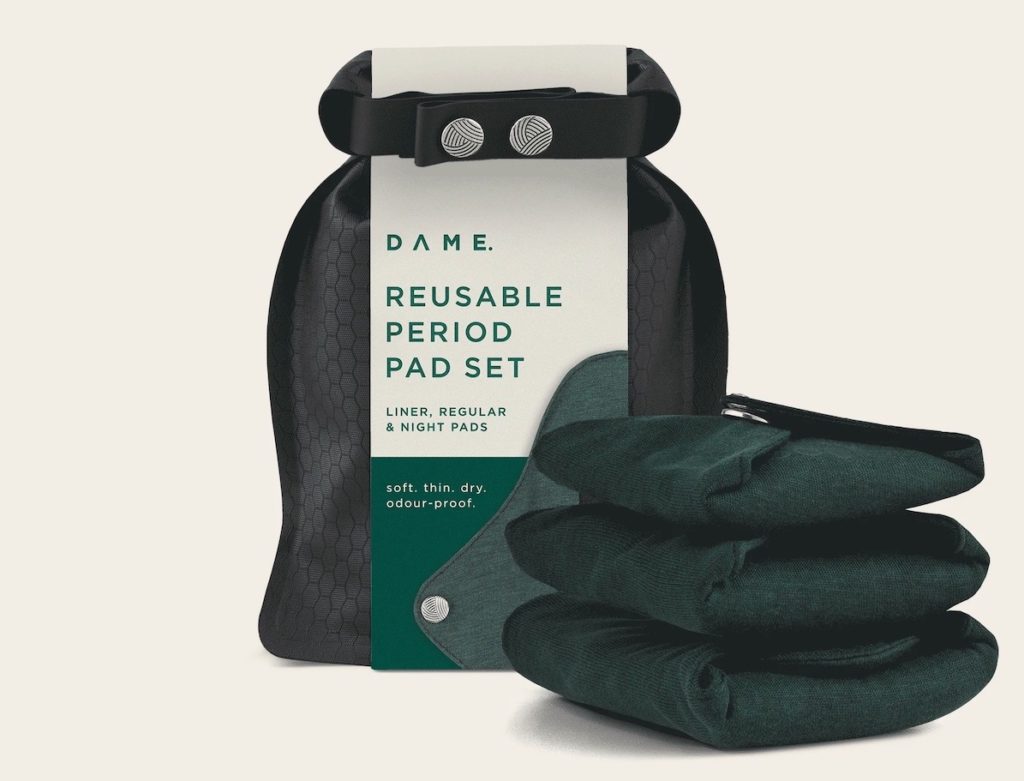
WelleCo Australia – The PMS Elixir
An Australian company, founded by model Elle McPherson, WelleCo has brought out The PMS Elixir, that includes vitex, commonly used in Western herbal remedies to regulate periods. The capsules aim to relieve symptoms of bloating, mood swings, headaches, breast tenderness and fluid retention. I’m listening…
The ingredients list also states iron, magnesium, iodine, broccoli (for more added iron?) and the adaptogen ashwagandha that brings many calming effects on the body and immune system. Two tablets are advised to be taken each day, alongside good plant fats – which might include avocado, nuts, nut butters, seeds, olive oil – to assist with absorption. During 20 years of periods, I’ve tried dozens of supplements and vitamins and tinctures and drugs to alleviate dysmenorrhea symptoms and promote good ‘women’s health’. From evening primrose oil to fish oil and B12, to prescription medicine to a good cocktail of over-the-counter painkillers (which is the only one that’s really stuck…). But as I get older, and more settled, I’m keen to find something sustainable that helps balance and promote better health. Though it’s a hard one to measure, our experience with our bodies changing from month to month (especially from teens to twenties to thirties, where I am now). So I’ve brought in backup – a friend to try the ‘elixir’ alongside me.
In all honesty, I haven’t clocked much. Yet… Said friend reports ‘suffering from crippling cramps on the reg, and I really think these eased off the month I took the tablets, at least a little.’ The jury’s out on this one. There’s also not a lot of info available for the PMS Elixir, though Welle Co Australia has a big following so we’ll keep testing and report back.
Pro: Creates some good, inward looking about how you feel each month.
Con: Hard to judge effect for £35 per month.
£35 for 60 tablets from WelleCo
As the period industry booms, we hope there’ll be updates and additions to this feature, as more products and innovations are released. Let us know of any others you’ve found! We’re interested in the CBD tampons (check Daye) – one for crampers. Fun fact: the vaginal canal has the highest amount of cannabinoid receptors in the entire body, making it the fastest way to absorb the benefits of CBD oil into the bloodstream. Watch this space…
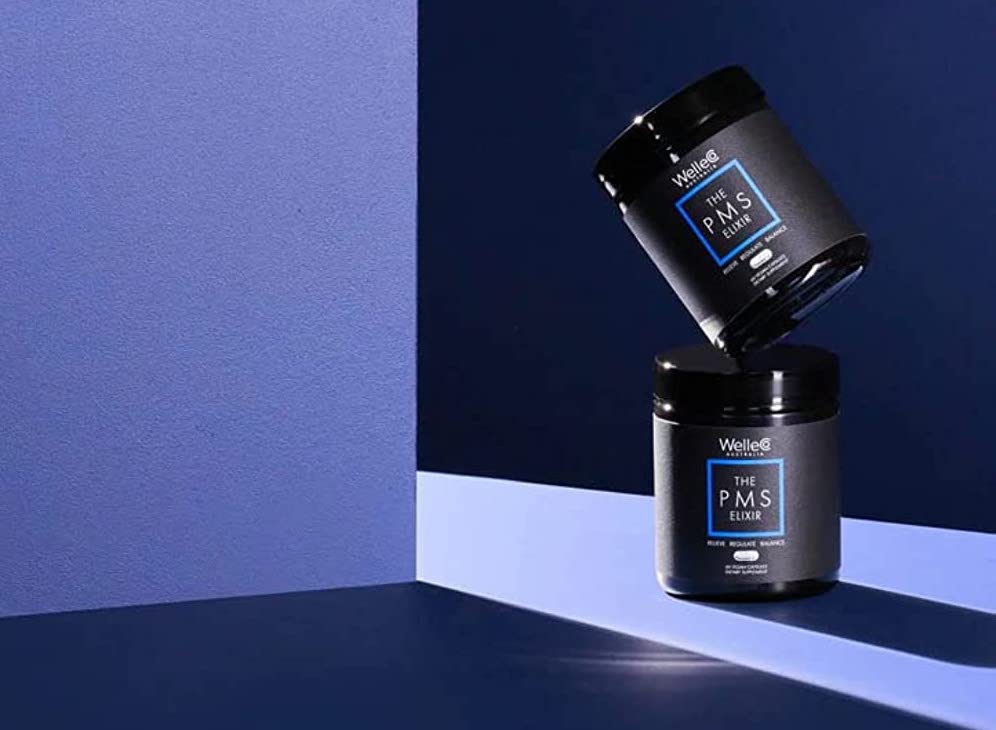
Period Poverty
Now, if this isn’t the time to talk about period poverty then when is What is it? It’s the lack of access to menstrual products, adequate sanitation facilities and education related to menstruation. It affects those unable to afford basic necessities, or who live in areas where essential products are not readily available (or affordable). And period poverty has serious consequences for those affected: increased risk of infection and illness; social and economic marginalisation – missed school or work, limiting opportunities for education and economic advancement.
Efforts to combat period poverty include providing free or low-cost menstrual products, improving access to sanitation facilities (toilets, running water, handwashing infrastructure) and increasing education and awareness about menstruation (reducing stigma and shame associated with periods to promote good menstrual hygiene practices). Solutions addressing period poverty can be implemented on individual, community and societal levels, with the aim of improving the health and wellbeing of those affected by period poverty and promoting greater gender equality.
Modibodi, DAME and Saalt are three companies on a mission to make period poverty a thing of the past, donating, funding initiatives and education on menstrual health. By buying into these brands, you not only make your life a little easier each month, you support other women in less fortunate positions. To do more, check Freedom4Girls in the UK, or Action Aid for places to start.
